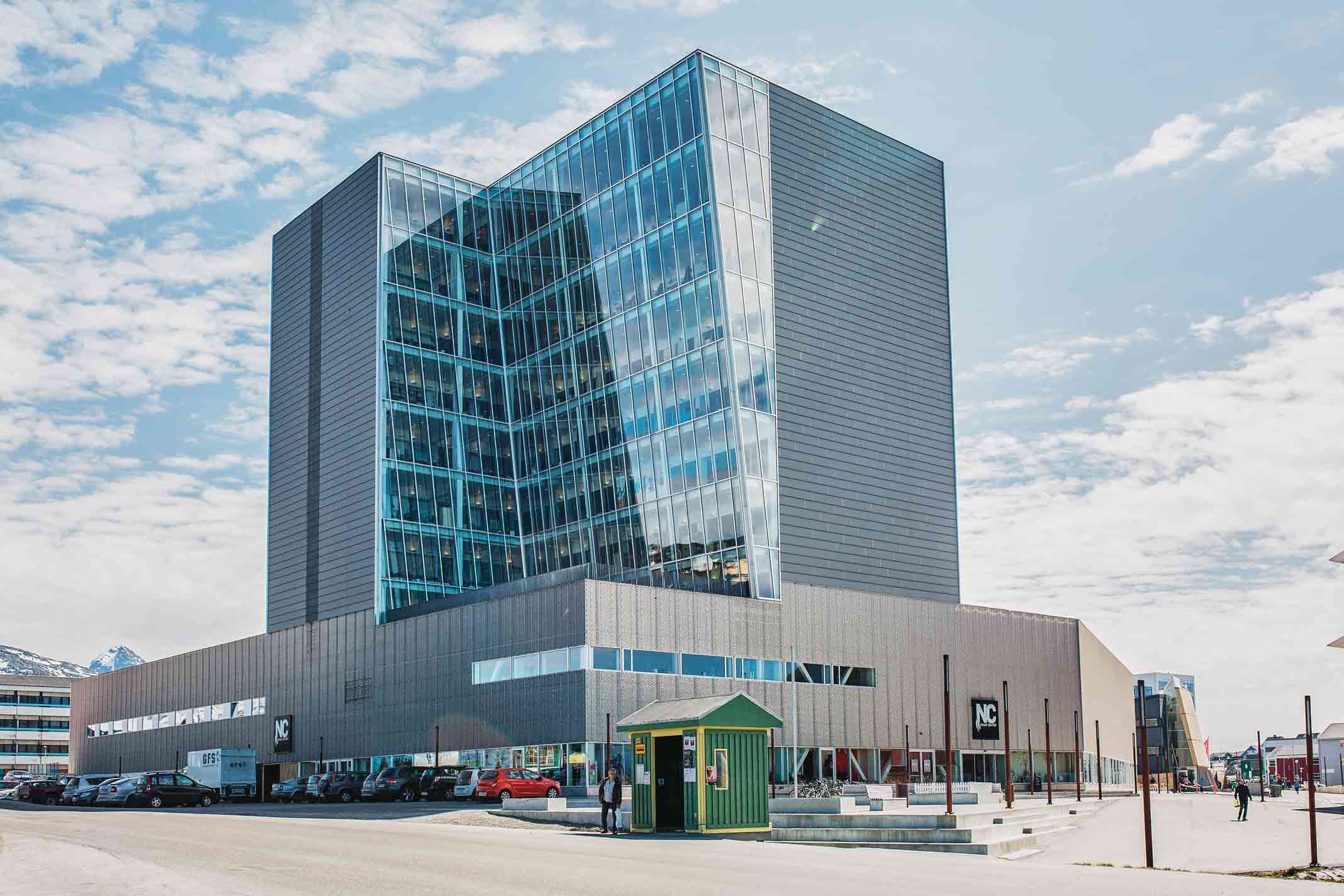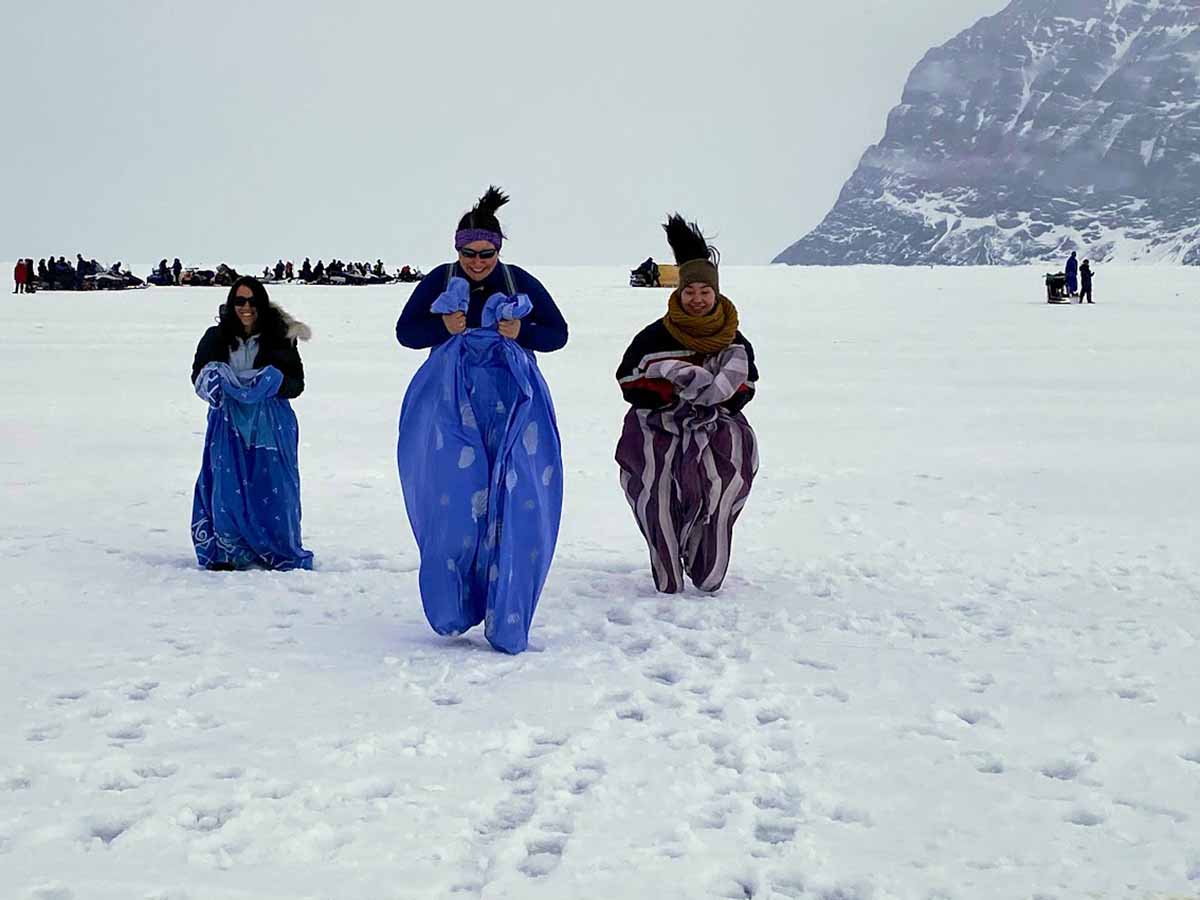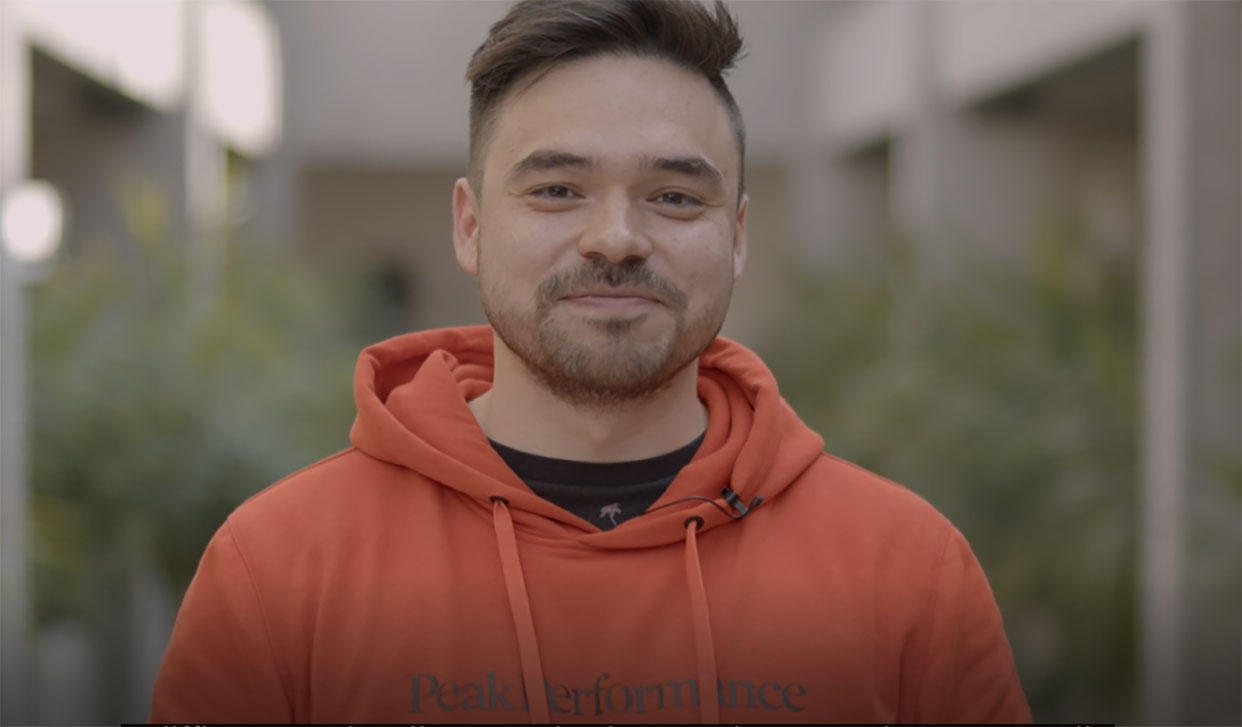Research should benefit society and it can do that in many ways. Read this guide to gain inspiration for how your research can leave positive traces in the Greenlandic snow.
By Ole Ellekrog
It is stated clearly in Greenland’s new research strategy: “Research in and around Greenland should first and foremost be of benefit to Greenland.” The Greenlandic government wishes to put an end to researchers coming to Greenland and taking advantage of its resources without giving anything in return.
But it is not always easy to figure out how your research can create value outside the world of academia. If your research involves complex processes or if your fieldwork takes place far from any inhabited areas, you may need to think creatively to make your research valuable to the common citizen.
First of all, when considering how to create value for Greenland, you should consider the four main goals of the strategy. They are:
1) Research should be anchored in Greenland.
2) Research should support a sustainable development in society.
3) Research results should be easily accessible to everyone.
4) The research effort should be at an international level.
If you dive into the details of the strategy, however, you can find more information on which kind of value from research the government wants. In this guide, we have gathered some of the best examples of researchers finding creative solutions to creating value from their research.
This list will be continually updated as we gather more examples. If you know a research project that should be included on the list, then let us know at info@arctichub.gl.






